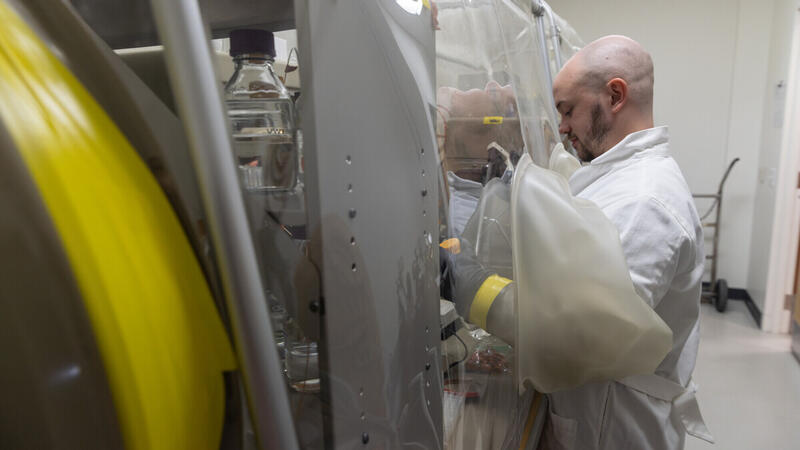News
Dual approaches pinpoint genes for better biofuel production
The organic matter left over after biofuel production is a rich potential feedstock for making additional high-value bioproducts. Analysis of a microbial metabolic network that can break down this conversion residue is a step toward understanding how to engineer microbial communities to optimize production of desired molecules.
An unprecedented comparison of hundreds of species of yeasts has helped geneticists brew up an expansive picture of their evolution over the last hundreds of millions of years, including an analysis of the way they evolved individual appetites for particular food sources that may be a boon to biofuels research.
A compound that has scientists seeing red may hold the key to engineering yeasts that produce better biofuels.
An ideal biorefinery would turn renewable crops into a variety of fuels and products with little waste. A significant challenge in realizing this vision is what to do with lignin, a fibrous and difficult-to-breakdown material in the cell walls of plants that gives them their sturdiness.
Conventional wisdom in biofuels research holds that carbon efficiency is the most important factor for determining promising strategies for the production of biofuels. For researchers, this means that the more carbon in the crop that ends up as carbon in the fuel, the better.
Switchgrass is a promising biofuel alternative to corn, but farmers, environmentalists and biofuel developers, find deciding on the right time to harvest particularly thorny.
Michaela TerAvest, Michigan State University assistant professor of biochemistry, was recently awarded the Beckman Young Investigator (BYI) Award by the Arnold and Mabel Beckman Foundation.
Rebecca Smith has loved plants for a long time. In fact, her interest stems from an AP biology class in high school.
“Something about the enormous variation and complexity in the plant kingdom sparked my interest,” says the assistant scientist at the Wisconsin Energy Institute and Great Lakes Bioenergy Research Center (GLBRC), “and I knew I wanted to study plants as a career.”
Where an item is manufactured tells you a lot about it. Is it made by an assembly line or handcrafted one at a time? To learn more about glucose, the sugary feedstock of biofuel refineries, scientists want to know where a polymer of glucose, mixed-linkage glucan (MLG), resides in grasses as grass species are a major potential renewable biomass feedstock.





